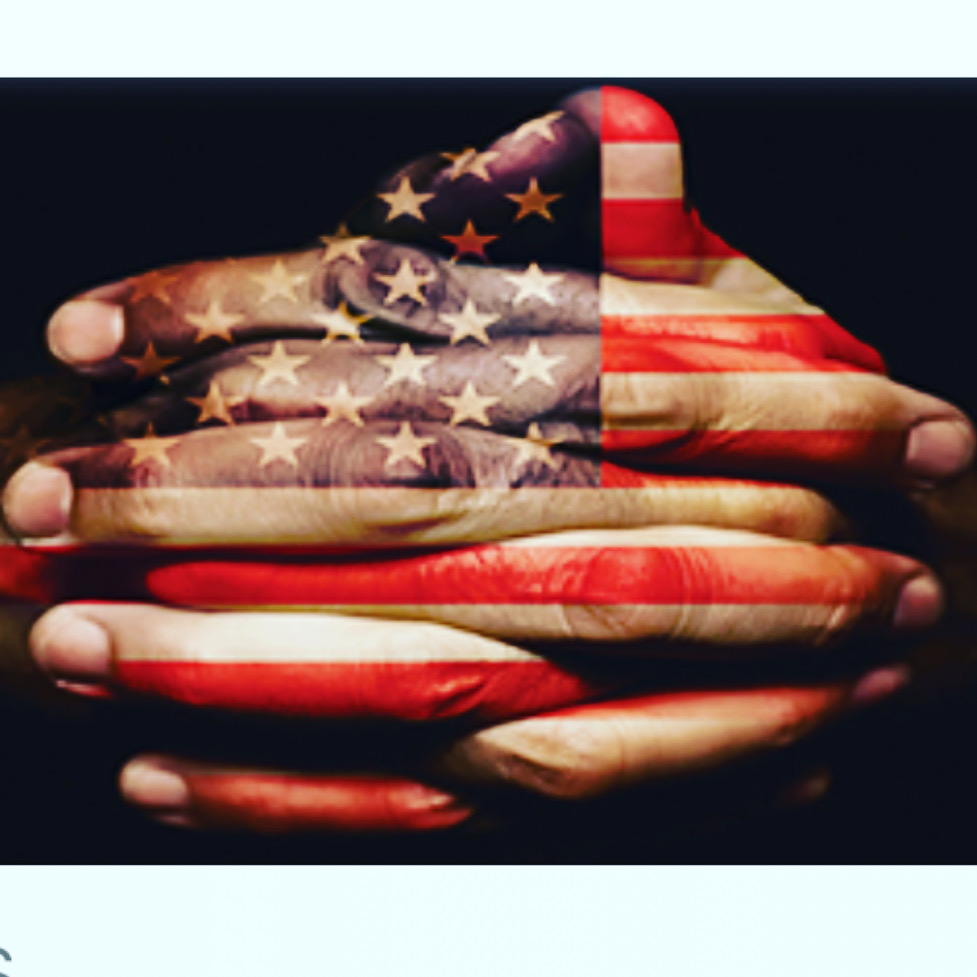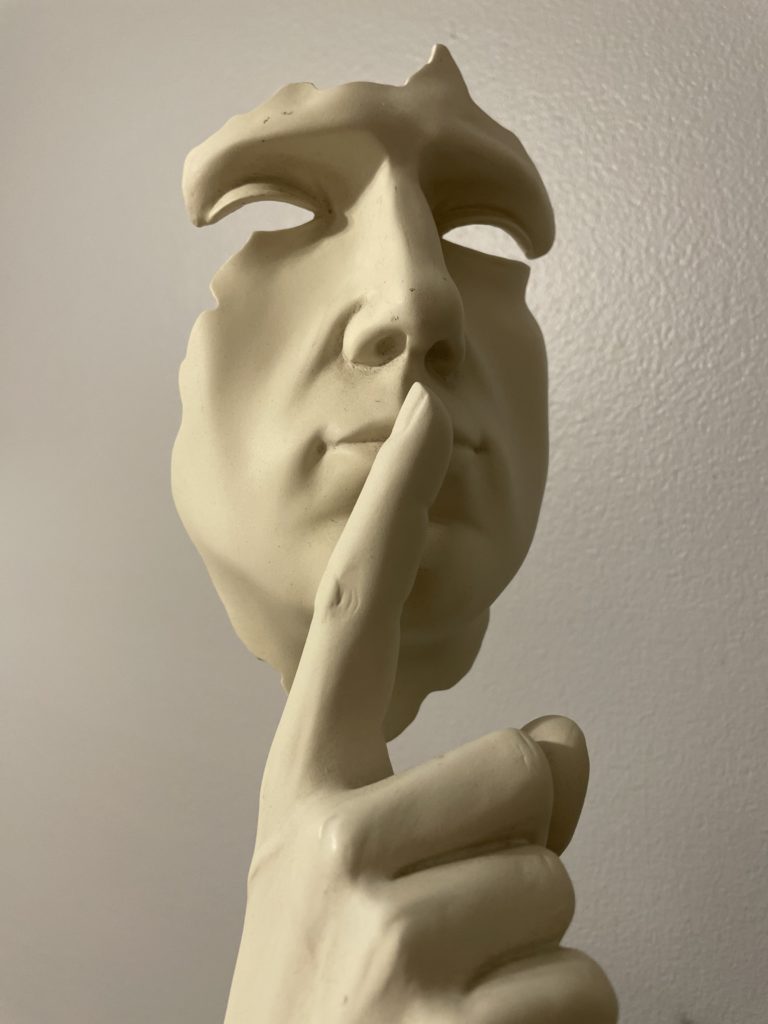THEY DON’T REQUIRE IT
THEY DON’T DEMAND IT
BUT THEY MOST CERTAINLY
DESERVE IT!


T H I S :
Extend your hand of
Liberty and Justice
for All
so that we can get back to being
U S
instead of finding ways to divide
U S
. . .it’s more than
JUST PAYING ATTENTION,
Class
it’s
PAYING RESPECT
and sincerely saying:
“THANK YOU” Let us in our own ways
Let us in our own ways
be grateful for those
who served and have served
that we may too be of
s e r v i c e



